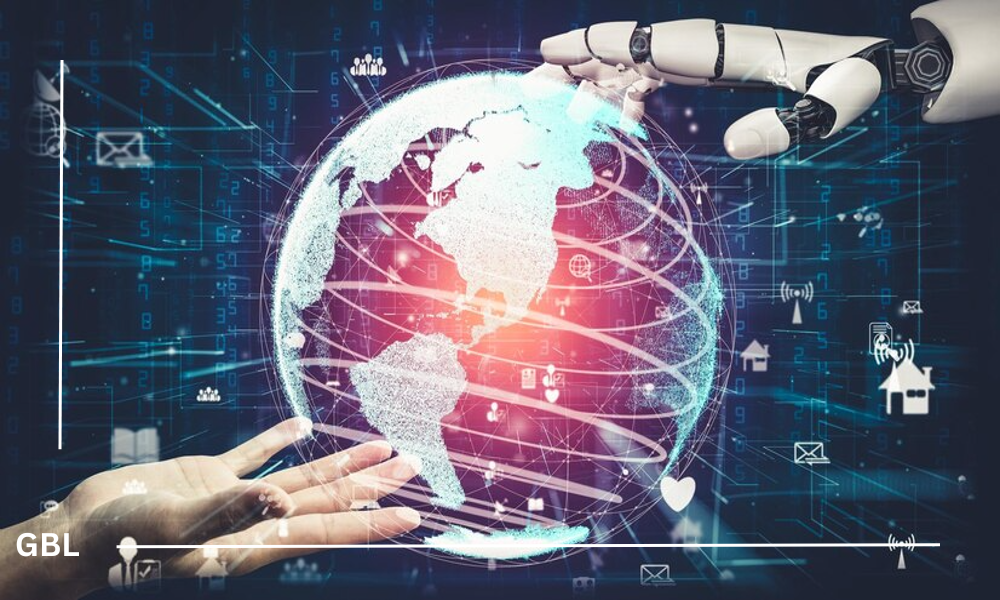Advancements in machine translation technology are fundamentally altering the landscape of global communication, ushering in a new era of accessibility and understanding across linguistic divides. Developed by dedicated teams at [Institution/Company], these innovations in machine translation have not only improved accuracy but have also enhanced the fluidity of conversations between people who speak different languages.
Machine translation operates at the intersection of artificial intelligence and linguistics, utilizing sophisticated algorithms to interpret and translate text or speech from one language to another. This technology has evolved significantly, moving beyond literal translations to capturing nuances, idiomatic expressions, and cultural contexts.
Dr. [Name], a key researcher at [Institution/Company], expressed enthusiasm about the transformative potential of these advancements. “Our goal is to empower individuals and communities by breaking down language barriers,” Dr. [Name] remarked, highlighting the technology’s role in fostering cross-cultural communication and mutual understanding.
Businesses, governments, and individuals alike are increasingly turning to machine translation to facilitate international collaborations, expand market reach, and ensure inclusivity. From global enterprises translating legal documents and technical manuals to travelers using translation apps on their smartphones, the practical applications of machine translation are diverse and far-reaching.
Moreover, in humanitarian efforts, machine translation plays a crucial role in providing vital information during emergencies, disseminating healthcare advice, and enabling refugees to access essential services in their native languages.
Despite these strides, challenges persist, particularly in achieving contextually accurate translations for languages with intricate grammatical structures or ambiguous meanings. Researchers continue to refine algorithms and integrate feedback mechanisms to enhance translation quality and address these complexities effectively.
Looking forward, the future of machine translation holds promise for further integration with everyday technologies, including voice assistants and augmented reality interfaces. These developments aim to make real-time, seamless communication across languages a ubiquitous reality, enhancing personal interactions and global connectivity.
In essence, machine translation represents more than just a technological advancement; it embodies a commitment to fostering empathy, cooperation, and cultural exchange on a global scale. As these technologies continue to evolve, they stand poised to reshape how we communicate, learn, and collaborate in a diverse and interconnected world.










